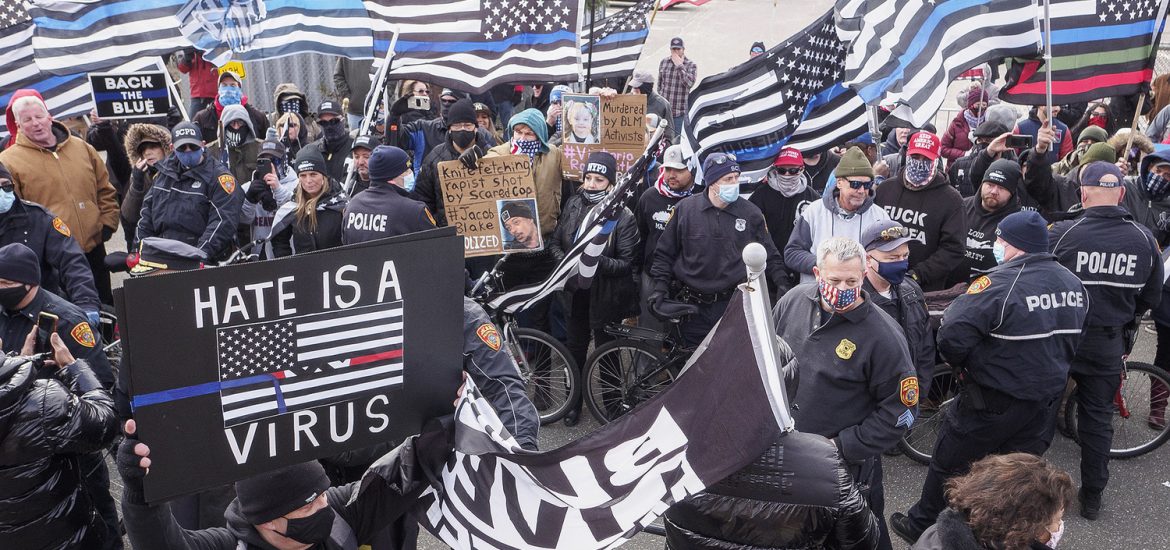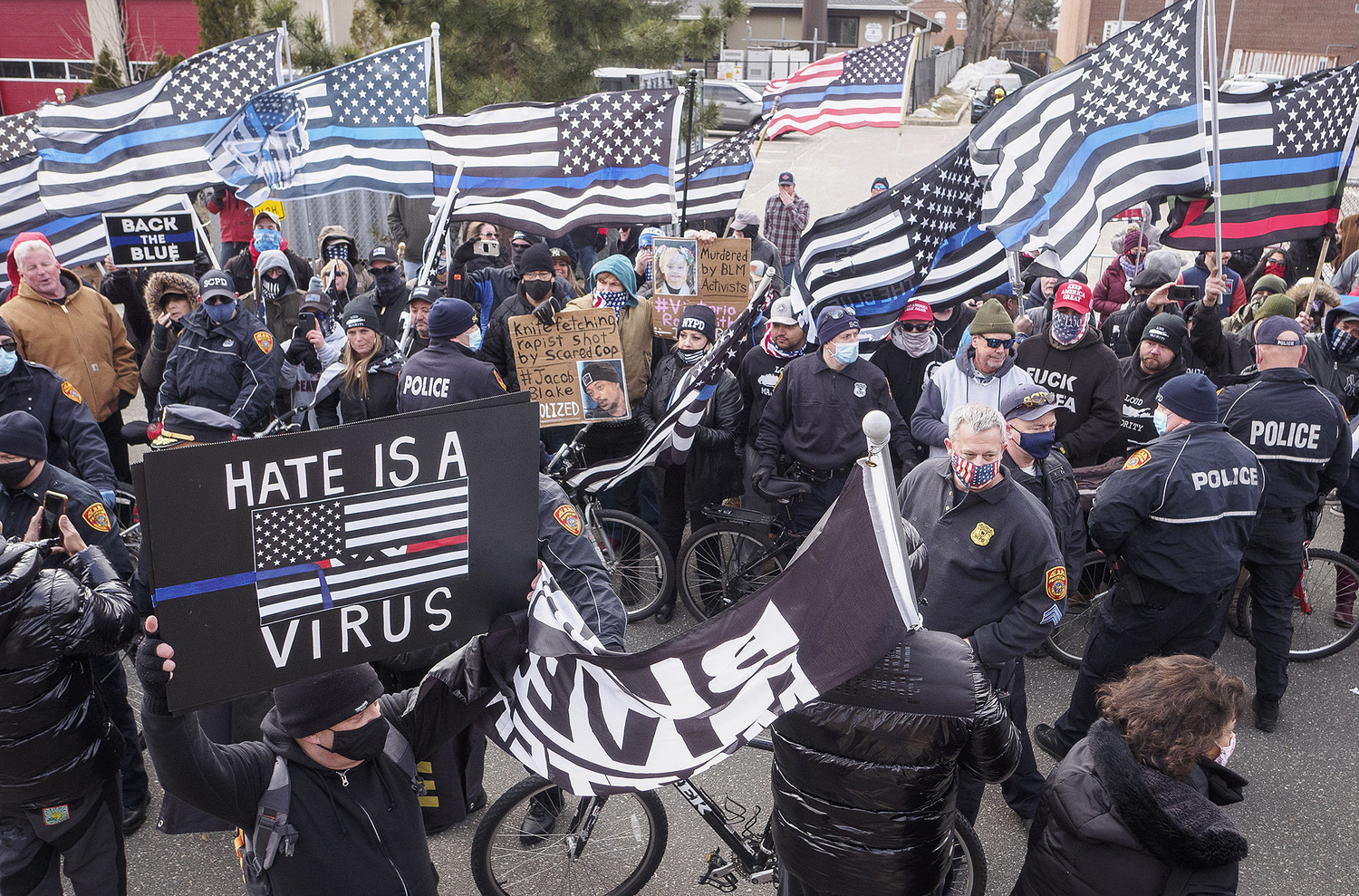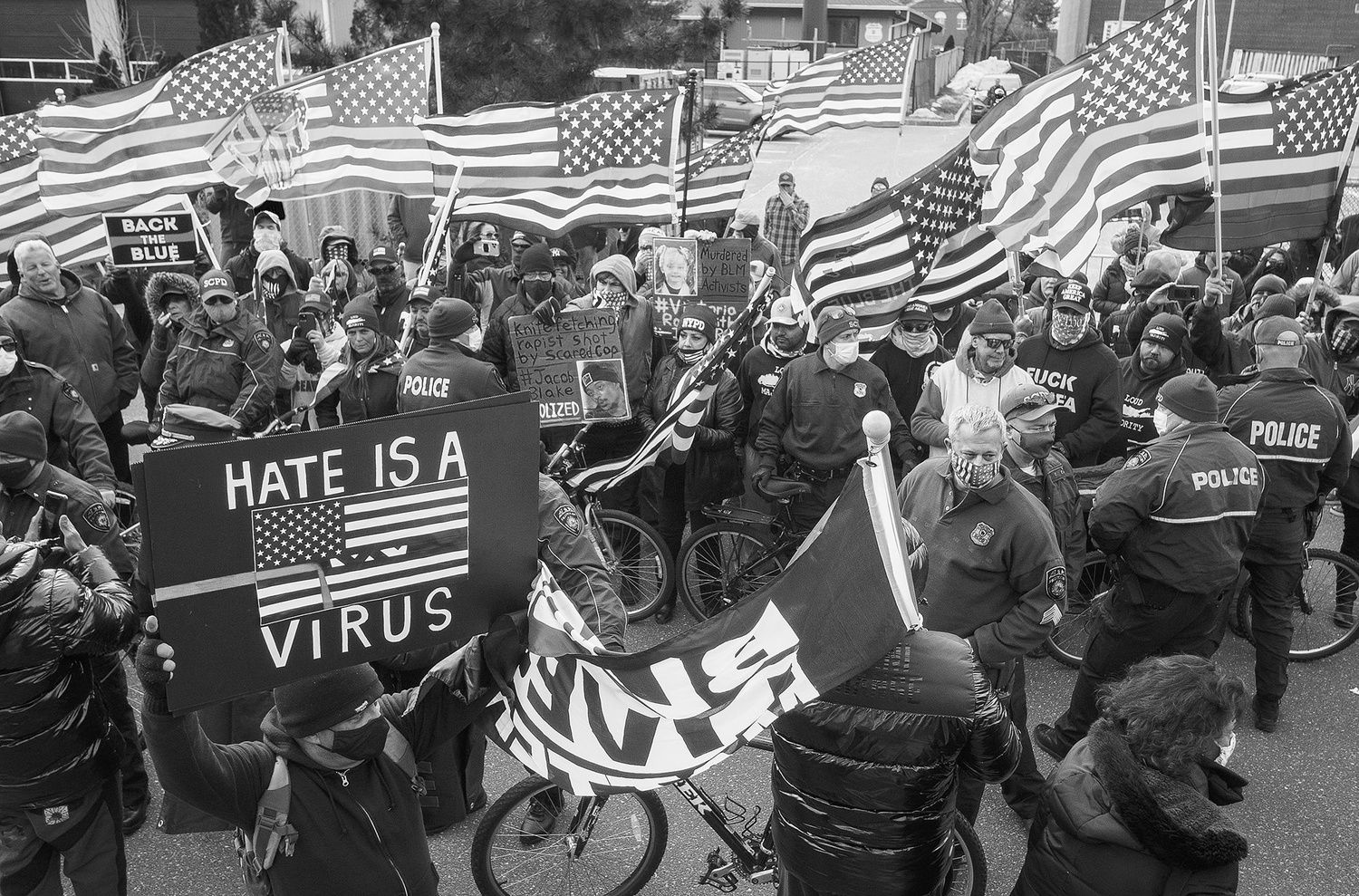Photojournalism is ostensibly about capturing the world as we see it, as close to reality as we saw it. That reality often includes color, and the question is: does black and white photography have a place in modern photojournalism?
I happened across an amazing project on New York’s service workers and their pandemic experiences by the amazing Todd Heisler, and I was struck by how well done the photos were and the stories to go with them. I was also struck by how they were all in black and white. It’s not a new approach for Heisler, who won an Emmy for his work on the all black-and-white series “One in 8 Million” for the New York Times in 2009.
That original series has spurred debate between many photo professors, photojournalism students, and journalists about the place of black and white photography in journalism. I’ve often had the conversation with esteemed Syracuse University professor David Sutherland (who recently retired after 40 years of teaching photojournalism) about black and white photography, and the answer hasn’t changed in the last decade or so, which is, essentially, that when he sees student work in black and white, it means that the person probably didn’t know how to white balance and messed up their colors. We see the world in color, so photos should be in color. I tend to agree.
But obviously, there are editors and publications that don’t. Sometimes, like in the case of the two New York Times pieces I referenced above, it works better for the uniformity of presentation. A collage of colors could be distracting. However, losing the color loses the colors present in the environment. It robs a sense of the place, and in some ways, robs a sense of the people, who are themselves predominantly people of color. Should they not be shown in color?
There are lots of places where black and white photography makes sense such as fine art photography, landscapes, and other applications where reality and capturing it aren’t the paramount concern. There are even dedicated cameras that have black and white sensors with no ability to capture color at all, such as the Leica M10 Monochrom Digital Rangefinder. While I can wrap my head around capturing color and converting to black and white using high-quality software such as Nik Silver Efex Pro, I can’t understand in 2021 why one would not bother capturing color at all.
In the past, when newspapers were printed in black and white when black and white film was what could be easily developed in the darkroom of a newspaper, there was an argument there to think without color. But most publications are capable of printing in full color, and I can’t remember the last time I saw a computer monitor that didn’t display color. Shooting color is, at times, even critical to understanding meaning at a news event. Take this “Thin Blue Line” protest photo:
Without color, you’d never know that the “Back the Blue” side of this protest was flying the “Thin Blue Line” flags that many believe are symbols of racism. Likewise, the Nazi flag hidden in the American flag on the lower left isn’t readily apparent in black and white either. The entire point of the photo is lost in black and white. The color is critical to covering this event, but one can argue that it’s critical for all events.
What Do You Think?
For comparison, Heisler has a colleague at the New York Times, Damon Winter, who captured similar subject matter, but in color. Quinnipiac University journalism student Dan Passapera also produced a similar project on Connecticut’s essential workers, also in glorious color.
Did you find the color or black and white approach to color a better fit for the story? What do you think of black and white photography in photojournalism in general? Leave your thoughts in the comments below.


